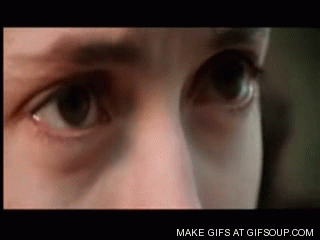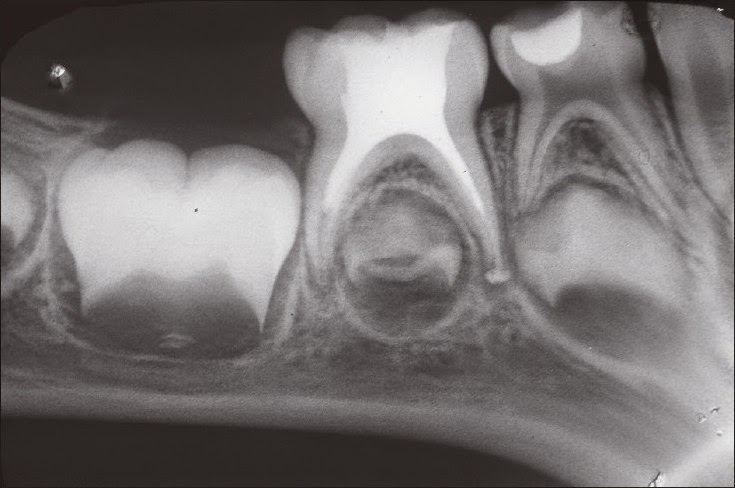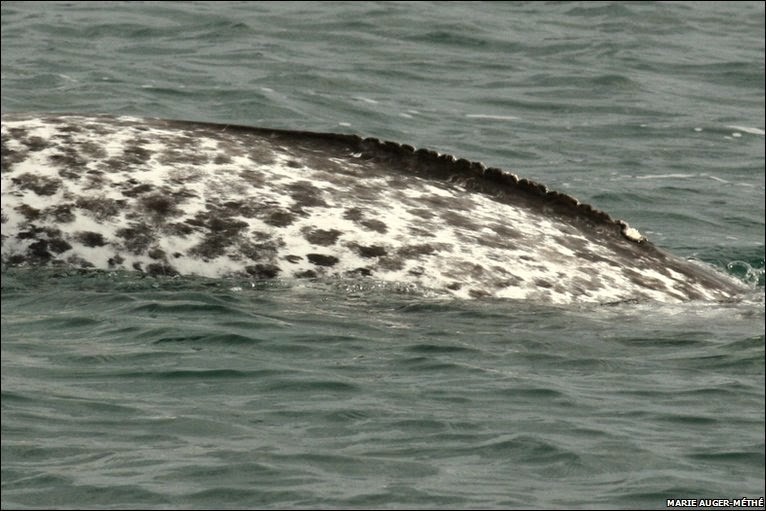Biology concepts – teeth, narwhals, unicorns, bilateral symmetry, evolution, mechanosensing, asymmetry
In the Far East there were unicorns as well. Known as the qilin (pronounced chee-lin) in China, there was a version in Japan too, the kirin. This was a benevolent animal, with shiny scales like a dragon and one or perhaps two horns. It avoided fighting and walked so softly that it would not disturb or harm a blade of grass. An animal like this (perhaps the saola) is most likely the one referred to in the North Korea stories.
Christen AG, & Christen JA (2011). The unicorn and the narwhal: a tale of the tooth. Journal of the history of dentistry, 59 (3), 135-42 PMID: 22372187
Kingsley, M., & Ramsay, M. (1988). The Spiral in the Tusk of the Narwhal ARCTIC, 41 (3) DOI: 10.14430/arctic1723
Nweeia, M., Eichmiller, F., Hauschka, P., Donahue, G., Orr, J., Ferguson, S., Watt, C., Mead, J., Potter, C., Dietz, R., Giuseppetti, A., Black, S., Trachtenberg, A., & Kuo, W. (2014). Sensory ability in the narwhal tooth organ system The Anatomical Record, 297 (4), 599-617 DOI: 10.1002/ar.22886
Dietz, R., Shapiro, A., Bakhtiari, M., Orr, J., Tyack, P., Richard, P., Eskesen, I., & Marshall, G. (2007). Upside-down swimming behaviour of free-ranging narwhals BMC Ecology, 7 (1) DOI: 10.1186/1472-6785-7-14
Not to be outdone, Kim Jung Un made an amazing announcement in 2012. He and his archeologists discovered a unicorn lair. Yep, North Korea’s twenty-something leader proved the existence of unicorns. The lair was supposedly the resting place of the unicorn ridden by the great King Dongmyeong, around the year 0 CE.
The earliest writings that describe unicorns were those of the Greek, Ctesias, in the late 5th century BCE. He described the Indian Ass, an animal with a white, strong body and perhaps a red head from which sprung a long single horn of red, white, and black. It was said that a cup made from the horn could neutralize any poison.
Pliny wrote, “The unicorn (uni = one, and ceros = horn) is the fiercest animal, and it is said that it is impossible to capture one alive. It has the body of a horse, the head of a stag, the feet of an elephant, the tail of a boar, and a single black horn three feet long in the middle of its forehead. Its cry is a deep bellow.” Uh-huh. That doesn’t sound much like an antelope or a rhino, so I guess he meant the Indian Ass.
Soon, Romans were trading long spiral tusks, but no one was telling where exactly they had come from. These “unicorn” horns were snow white with a tight spiral. As a result of these horns, the unicorn in the West settled down to be a pure white horse with a very long, pure white, spiraled horn. This is the image we generally see in tapestries and illustrations.
 |
Kirin Beer from Japan uses a unicorn (kirin) as its logo. Look closely and you can see the single horn on its head. |
But what about real life? Most likely, those horns in the Roman markets were really narwhaltusks, as discussed in a 2011 paper. It is very likely that the narwhal played into the unicorn legend, as their tusks could be offered as concrete proof of unicorn existence.
The narwhal (Monodon monoceros) is an amazing animal, and fits into our recent theme of animals that abandon bilateral symmetry. Monodonmeans one tooth, and monoceros means one horn; a pretty accurate name, all in all.
This is a steady number because it’s so hard to get to where they live. Consequently, narwhals haven’t been hunted into extinction. They spend a lot of their time on deep dives under the ice floes, so they aren’t seen often. No narwhal has ever been seen feeding; we only know what they eat from examining stomach contents.
Their most distinctive feature is the long (up to 10 ft/3 m) tusk on the males. Just one tusk, mind you, like a unicorn horn. The narwhal tusk - like elephant, walrus or warthog tusks - is a tooth.
Very young narwhals have six maxillary (upper jaw) tooth buds and two pairs of tooth buds in the lower jaw (mandible). However, only one pair develops any further. A tooth bud is what you find on an X-ray of a child (see picture).
Just one tooth, almost always the left cuspid (most people call it a canine), does develop. Hold on though, it isn’t that simple. Instead of developing in a vertically directed tooth bud and erupting down through the jaw, the left canine stays horizontal and erupt right through the front of the jaw and through the narwhals lip!
Since the tusk is derived from the left cuspid, it erupts left of center, making the narwhal bilaterally asymmetric! A 2012 study showed that the bony attachment and length proves that the narwhal tusk is a canine, not an incisor as so many people think. But, it’s not just the location that makes the narwhal tusk amazing, it’s how it’s made and what it can do.
A 1988 study suggests that the tight spiral as it grows keep the tusk from curving. A curved tusk would make it hard of the narwhal to swim in a straight line. Whatever the reason, the spiral is an iconic image for both narwhals and unicorns.
Teeth are normally built with the hard enamel on the outside. Enamel is harder than bone and protects the teeth from breakage when chewing. The mouth is a rough environment and teeth have to put up with a lot of abuse.
Deep to the enamel is a material called dentin. This stuff has a lot of similarity to bone, although it isn’t quite as hard and doesn’t have living cells within it (like osteocytes – see this post). The dentin does contain millions of tubules that go from the enamel junction all the way to the pulp in the center. The pulp has a nerve and blood vessels.
The dentinal tubules have fluid and small processes of the neuron in them. When you eat something cold or have a cavity, the fluid in these tubules moves and changes the pressure in the pulp chamber. The single neuron in the tooth is a pain neuron, so any pressure change is interpreted by your brain as pain. It teaches you to take care of your teeth, but it ain’t the most pleasant of all evolutionary adaptations.
a 1987 study showed that it has no enamel, so it isn’t really an inside out tooth. The dentin is covered by a thin layer of cementum. This is what normally covers the roots of the teeth and helps attach them to bone. The dentin of the narwhal tusk has about 10 million of those tubules, but it is different from human dentin.
A 1990 study compared calcium content and hardness between human teeth and narwhals. The narwhal cementum was more mineralized than human, but the dentin of narwhals was less mineralized than human dentin and was softer. This may be why the narwhal tusk is so flexible.
The tubules of the narwhal tusk dentin connect to channels in the cementum, so there is a communication to the outside. A group in 2014 showed this and used the information to hypothesize that the tusk is a mechanosensor. Experiments showed that their heart rate changed when the water touching the tusk was switched from freshwater to salt water. They hypothesize that the tusk senses temperature, salinity, pressure, and perhaps touch to help in navigation and hunting.
But if that’s the case, why do only males have them? Females have to hunt too. The group from the 2014 paper offers that males and females have sexually dimorphic foraging techniques – they eat different things and hunt differently, so females don’t need horns. This is not well-supported. Many scientists believe the long tusk is a sign of health and genes and is therefore an ornament for mate selection.
One last thing. The offset tusk lead to another weird narwhal behavior. A group in 2007 put cameras and positional monitors on some narwhals and found that they tend to swim upside down a lot. Almost 70% of their time on the ocean floor was spent in the supine position. Since the tusk points down just slightly, scientists believe they hunt upside down so that the tusk won’t get stuck in the ocean floor and break! The tusk must be pretty important - or they just like lounging on their backs.
Next week – another whale has become asymmetric, but in a completely different way. This time, it’s the nose that goes.
For more information or classroom activities, see:
Narwhals –
Tooth structure –






